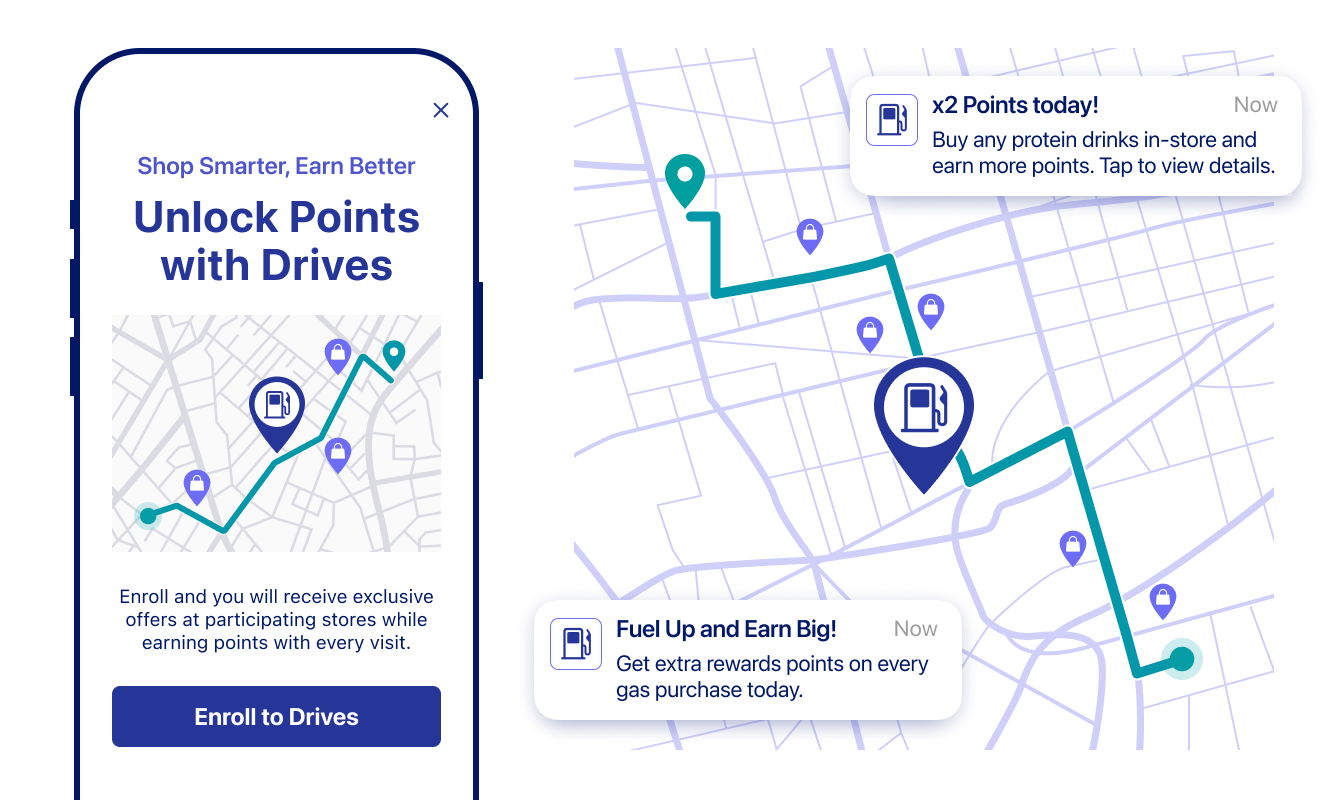Optimizing EV infrastructure with mobile driving data Read article


To be completely blunt, irrelevant ads are just… annoying. We’ve all been there. You’re scrolling through an app, searching for one thing when BAM – a random ad holds your whole screen hostage. Sometimes, the offer is interesting, but more often than not, you’re clicking the “exit” button ASAP.
Ad fatigue has become a core challenge across channels, but especially for mobile apps, which rely on user engagement to drive up ad revenue and stay in business. But what can mobile publishers do to effectively optimize ad revenue and prioritize the user experience at the same time?
While mobile publishers spend a lot of time and money to build unique, personalized app features, tailoring displayed ads hasn’t been as much of a focal point. In general, user engagement and ad revenue are typically viewed as two separate goals – which is a miss.
Over half of consumers close an app immediately when they see a bad ad which proves that for users, ads are already considered a key component of their in-app experience. With this in mind, mobile publishers can and should shift their focus to optimizing ads in a way that prioritizes user engagement.
What does this shift entail? It starts with a focus on quality over quantity, going beyond the typical cost per mille (CPM) model to prioritize relevant ads that users are more likely to engage with. To achieve this tailored approach, mobile publishers need insight into users’ patterns and behaviors which can be gleaned from unique datasets like Arity’s predictive mobility data.
What is Predictive Mobility? Predictive Mobility provides mobile apps with insights on users’ routes and routines, which can be used to capture their attention at the right moments with relevant messaging and offers.
With predictive mobility data, mobile publishers can tailor ad messaging and timing based on how, when, and where users drive, increasing the likelihood that they will click on an ad as they move throughout their day. This enables publishers to go beyond measuring CPM with higher returns on more meaningful targets like cost per click (CPC), cost per action (CPA), and cost per lead (CPL).
What does this alternative route look like in action? For fuel retailers and their rewards programs, this can look like using predictive mobility data to feature ads from retail partners that are along each user’s frequent routes.
One user that’s leaving the gym may receive an ad that offers 15% off a protein drink at a grocery store located on their way home, while another user who’s commuting to work in the morning may receive a deal on coffee from a shop along their usual route.

Rather than an annoying disruption, these relevant and timely ads become a seamless part of the in-app experience, encouraging users to open the app and explore more. It’s a classic tale of killing two birds with one stone – not only are you increasing ad revenue, but you’re also serving ads that fuel user engagement across the board.
Want to learn more about predictive mobility data? Read our blog to learn how it can uplevel fuel retailers’ rewards programs.